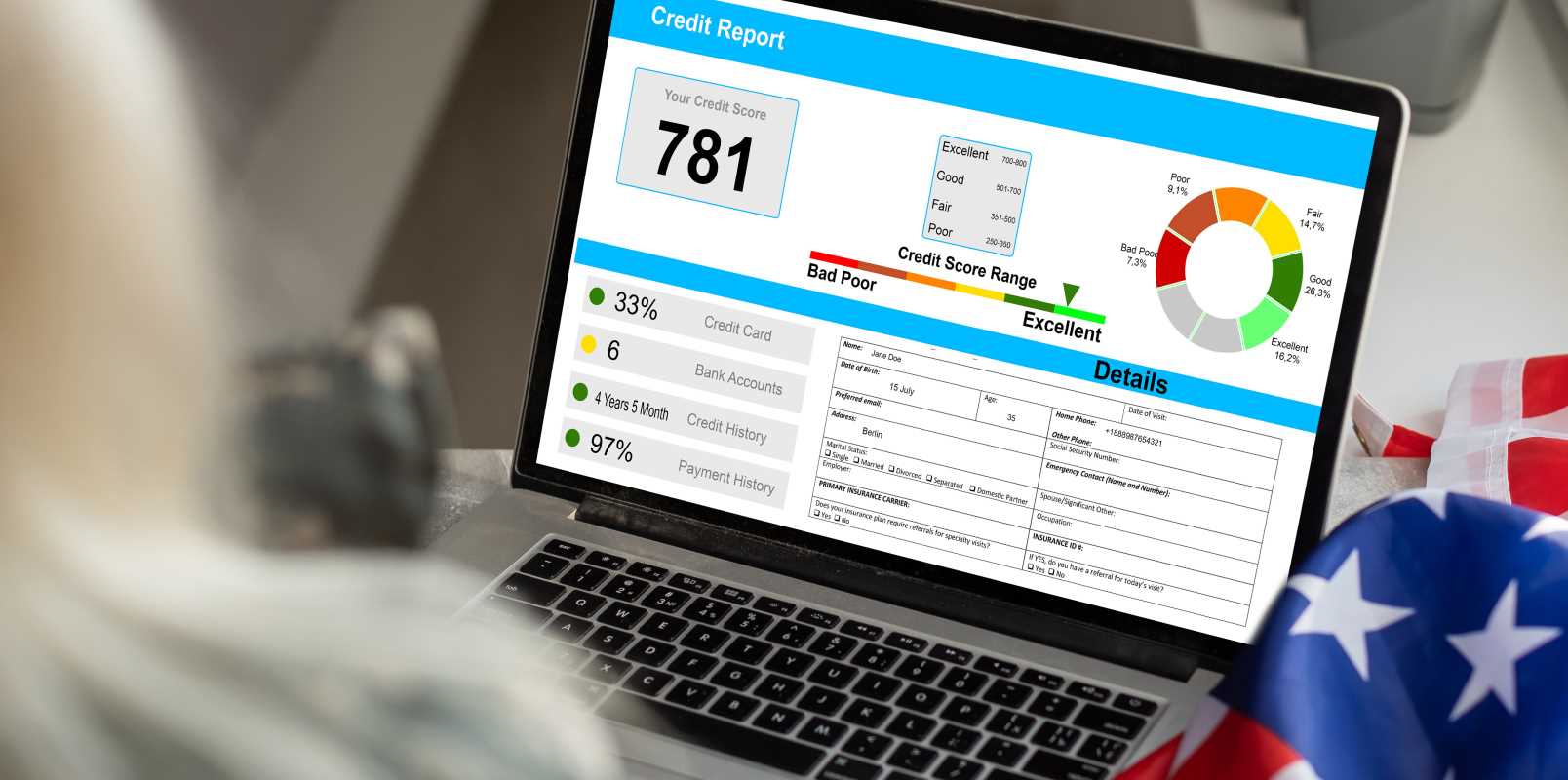Taking your first steps into investing often brings a mix of anticipation and uncertainty. Watching your savings increase over time sounds appealing, but worries about potential losses tend to linger. By following a straightforward plan, you can find a middle ground that allows your money to grow while helping to protect it from major setbacks. This guide explains how to understand risk, set practical goals, build a well-rounded asset mix, select options that help limit losses, and monitor progress as you go. You’ll discover practical actions you can use immediately to start building confidence in your investment decisions.
Understanding Risk and Reward
Every investment carries some degree of risk. Stocks can jump in value quickly but also drop just as fast. Bonds tend to move more slowly, offering steady income but lower returns. Grasping how these ups and downs pair with potential gains helps you feel confident when markets swing.
Think of risk as the price you pay for higher growth potential. By identifying how much fluctuation you can tolerate, you’ll pick assets that match your comfort zone. Tracking market basics, such as price-to-earnings ratios or bond duration, gives you tools to judge potential moves.
Setting Clear Investment Goals
Before buying any asset, figure out why you’re investing. Maybe you aim to build an emergency fund, save for a down payment, or top up retirement savings. Assign each goal a timeline and a target amount. Short-term goals demand safer holdings, while long-term targets allow for more aggressive growth.
Next, split your capital according to those timelines. For a year-long goal, consider a high-yield savings account or short-term bond fund. For a five- to ten-year horizon, blend stocks with bonds. This approach keeps your money aligned with when you’ll need it.
Building a Diversified Portfolio
You reduce risk by spreading your dollars across different asset types, industries, and regions. Mixing large-cap, mid-cap, and international stocks ensures you don’t rely on one sector’s performance. Pairing those with bonds or real estate investment trusts smooths out volatility.
Minimizing Risk Through Strategic Choices
Smart selection of individual investments helps you avoid major setbacks. Start by vetting funds with low fees; even a 0.5% fee difference costs you thousands over time. Look at a fund’s track record across various market conditions.
- Choose index funds or exchange-traded funds with expense ratios below 0.2% to keep more of your returns.
- Stick to funds that hold at least 200 different stocks or bonds to limit concentration risk.
- Consider laddered bond portfolios: stagger durations so all your holdings don’t mature at once, reducing interest rate sensitivity.
- Reinvest dividends automatically to harness the power of compounding without manual effort.
Monitoring Progress and Rebalancing
Review your portfolio at regular intervals, such as every quarter or after major market events. Comparing current allocations to your target mix highlights areas that require adjustment. For instance, if tech stocks rally aggressively, you might end up overweight in that sector.
- Check holdings totals: record the percentage weight of stocks, bonds, and other assets.
- Caculate drift: subtract your target allocation from current percentages to see deviations.
- Determine rebalance trigger levels, such as a 5% shift in any category.
- Buy or sell assets to bring each category back in line with your plan.
- Update your records and note why you made changes, so you learn which market moves matter most.
Following these steps helps you avoid emotional trading and lock in gains when segments outperform. This disciplined approach keeps you on track toward growth with controlled risk.
By understanding risk, setting clear goals, diversifying, choosing low-cost funds, and rebalancing regularly, you build a strong foundation for your portfolio. Consistent effort and a focus on long-term growth help you achieve better returns and control losses.
 (Image via
(Image via





